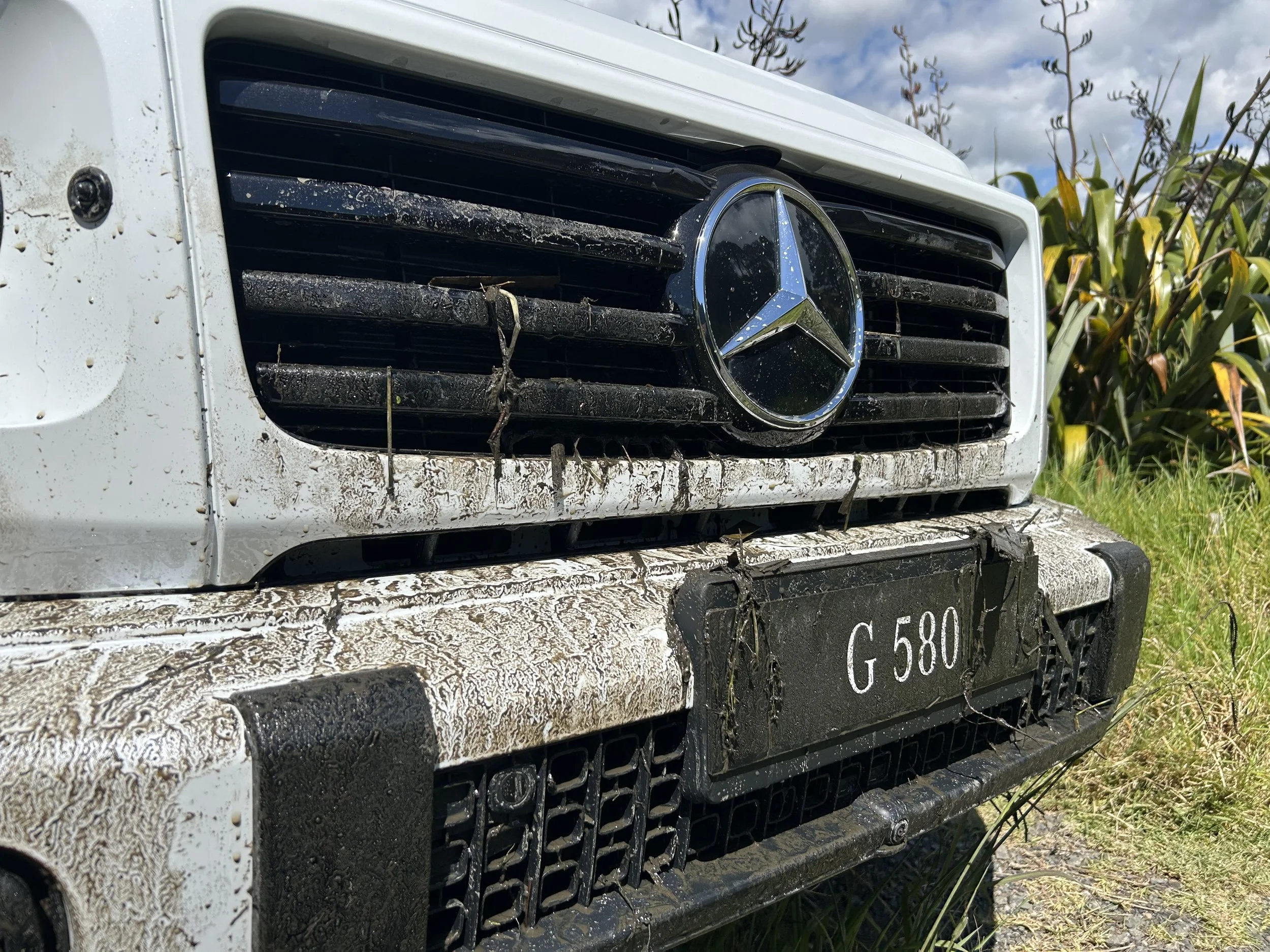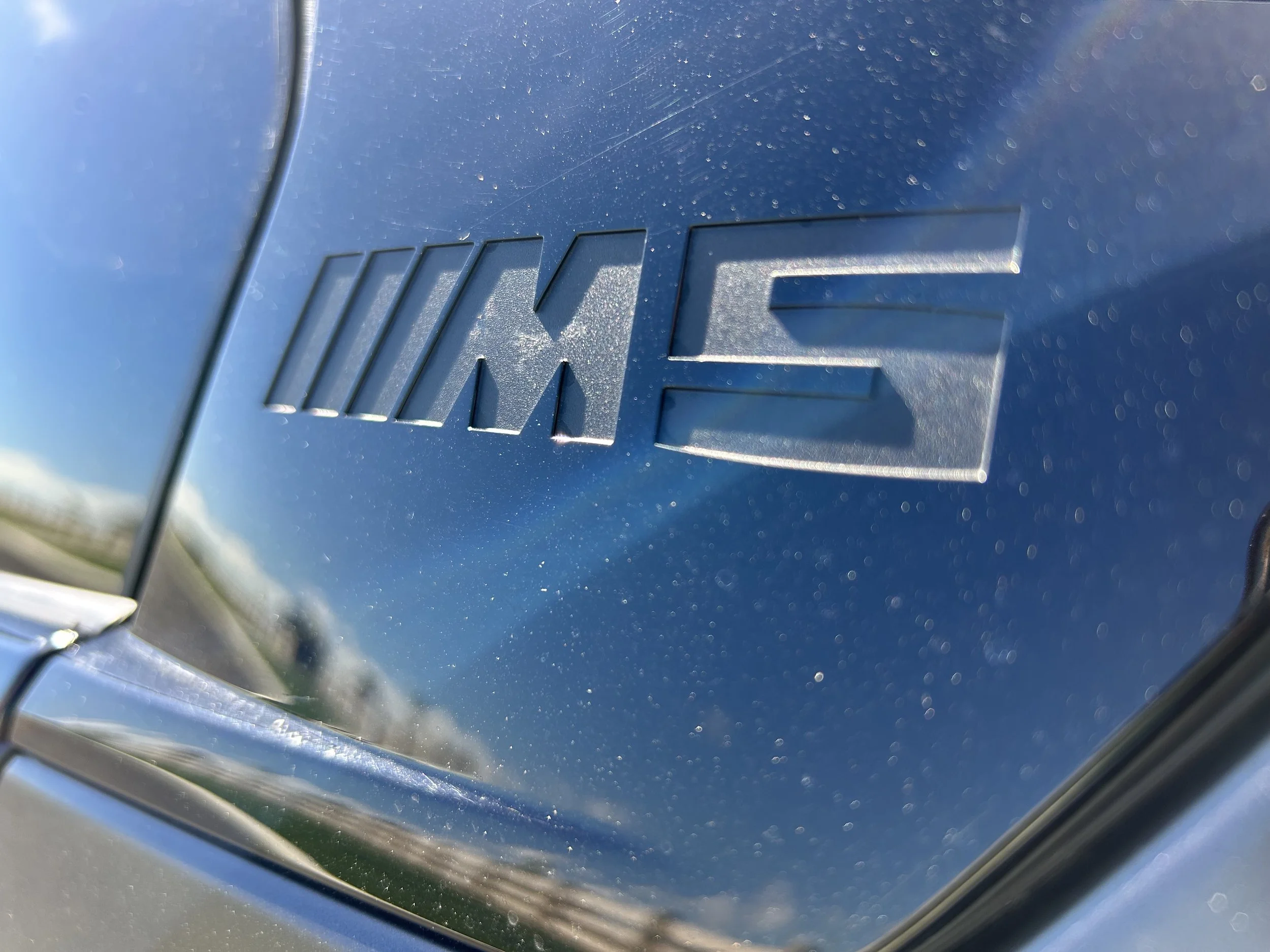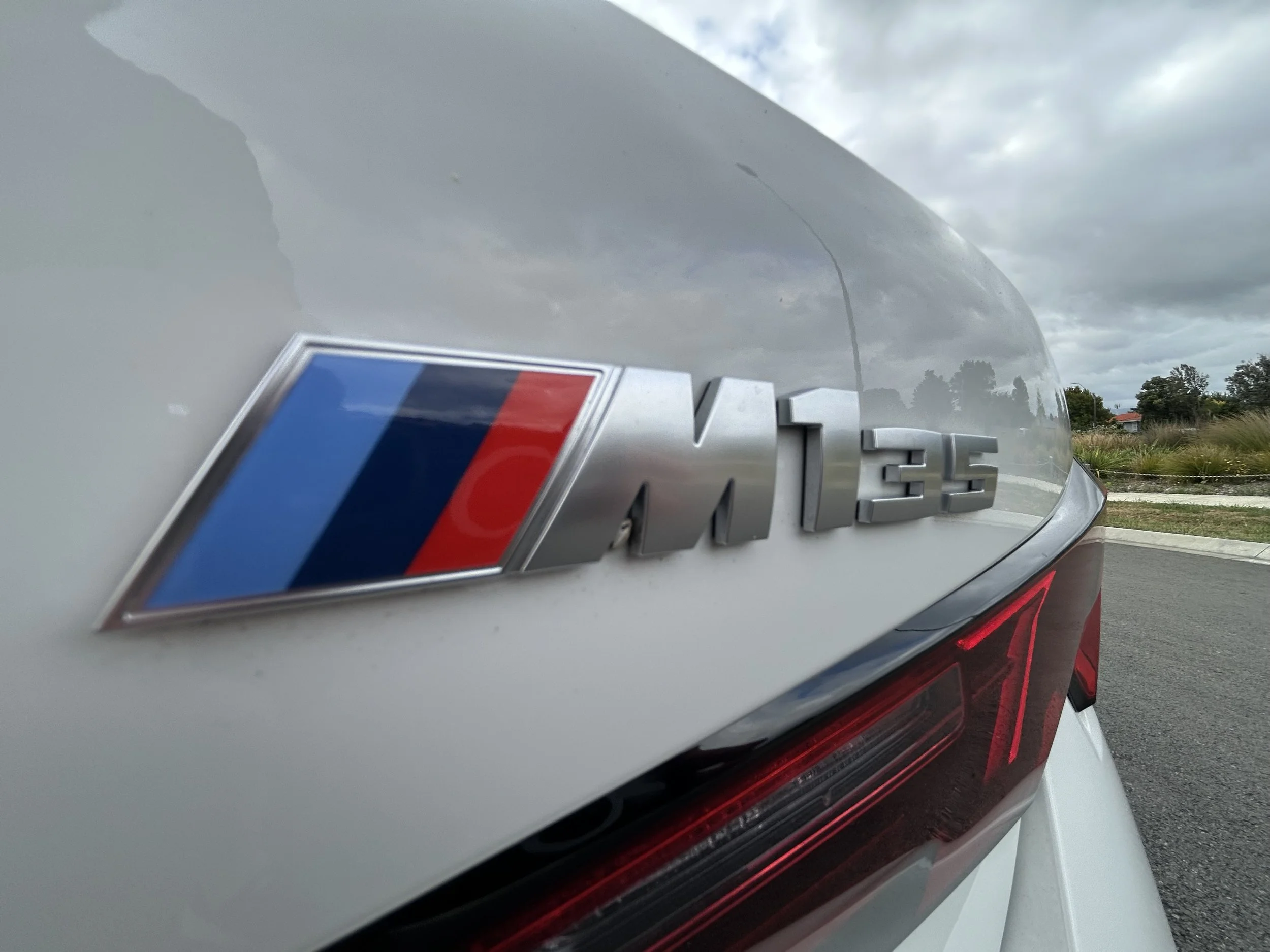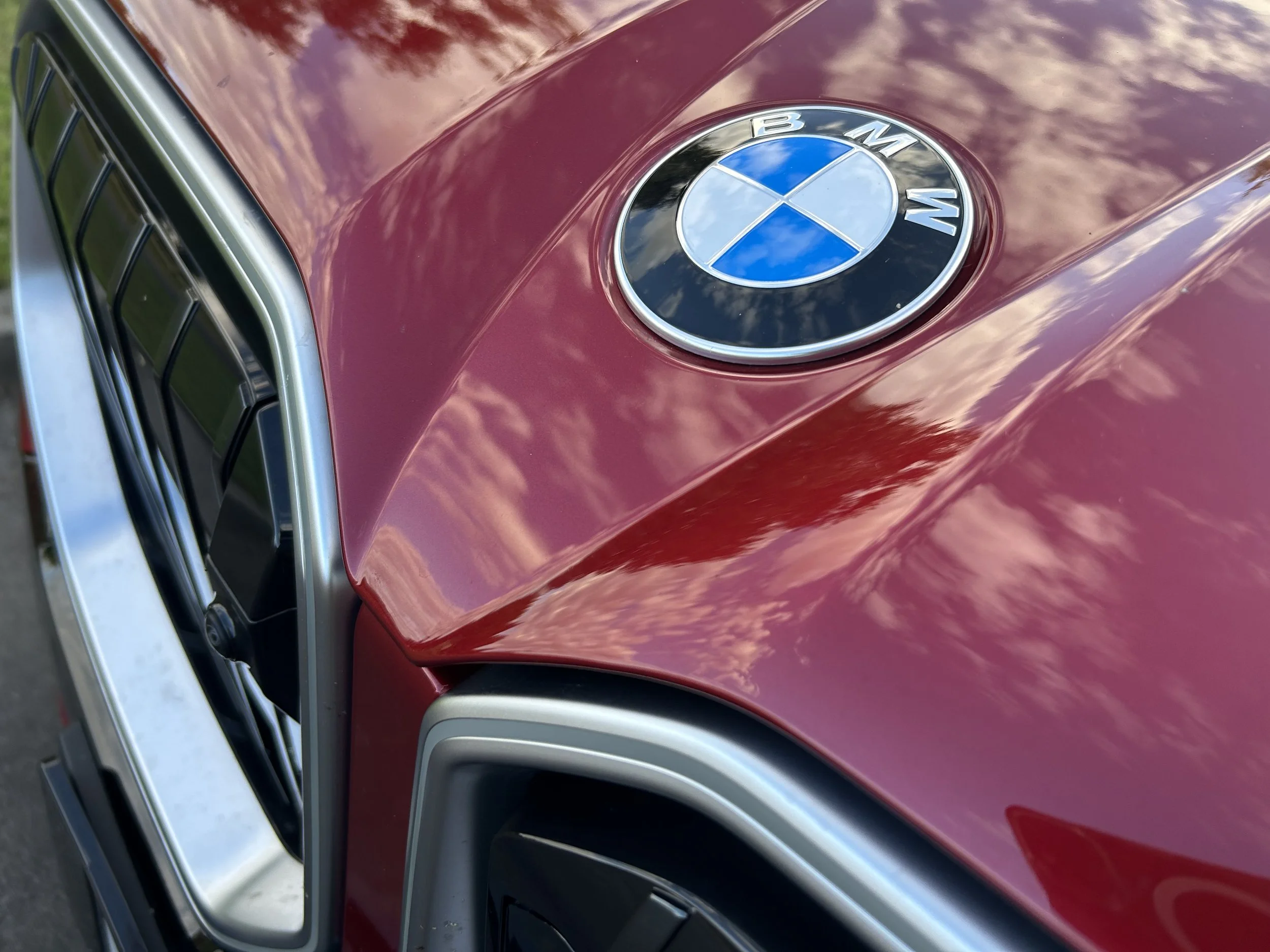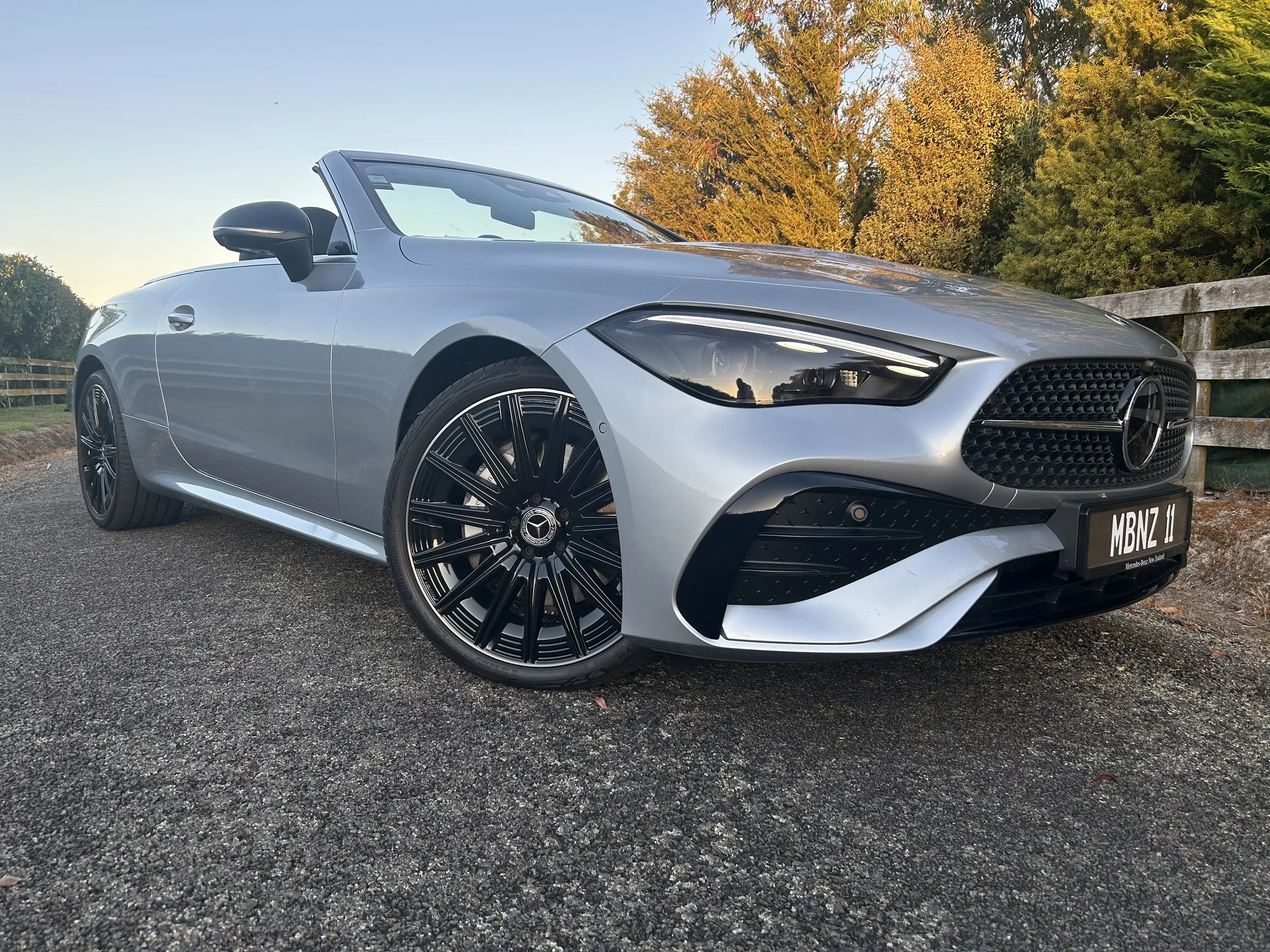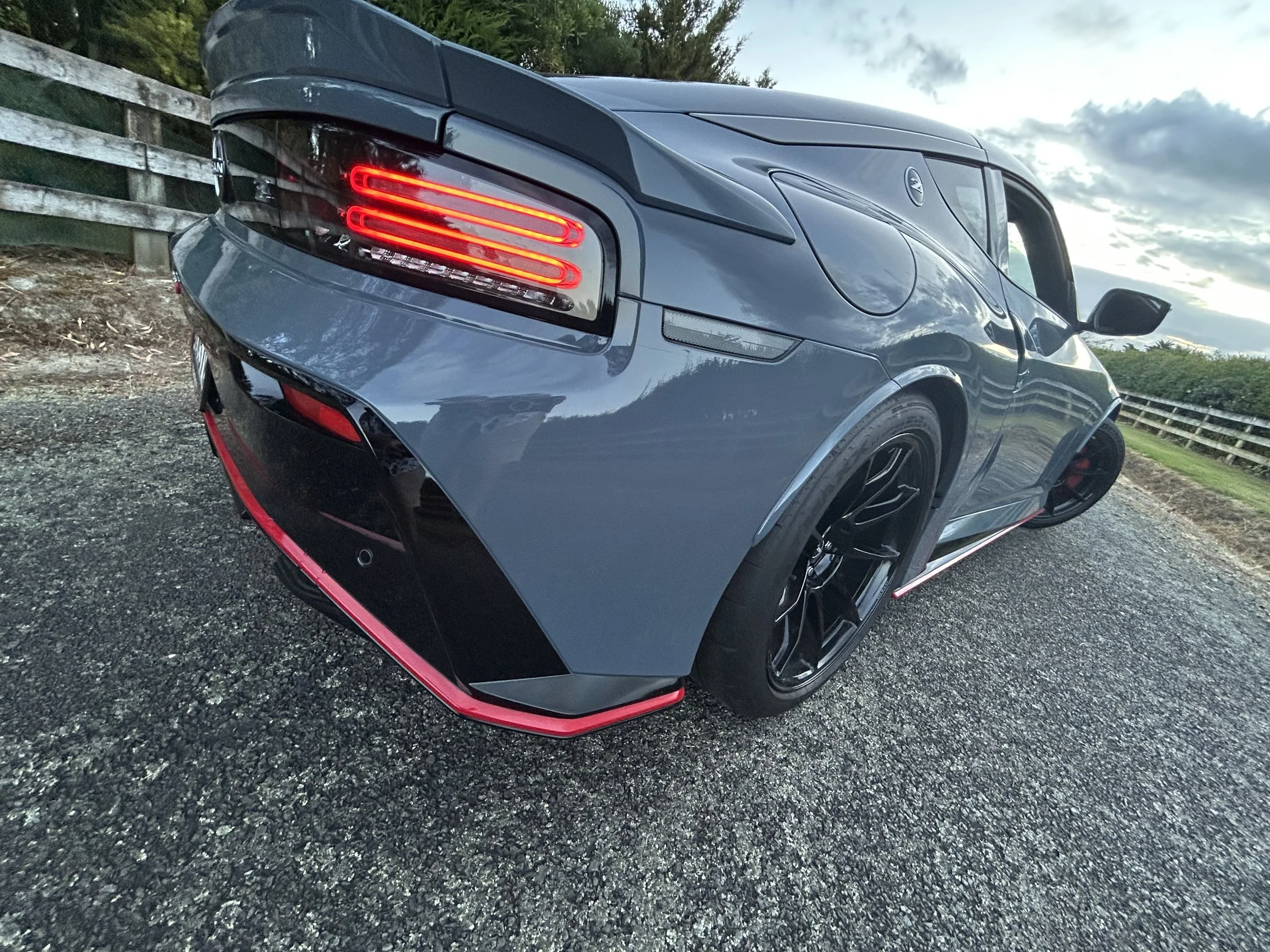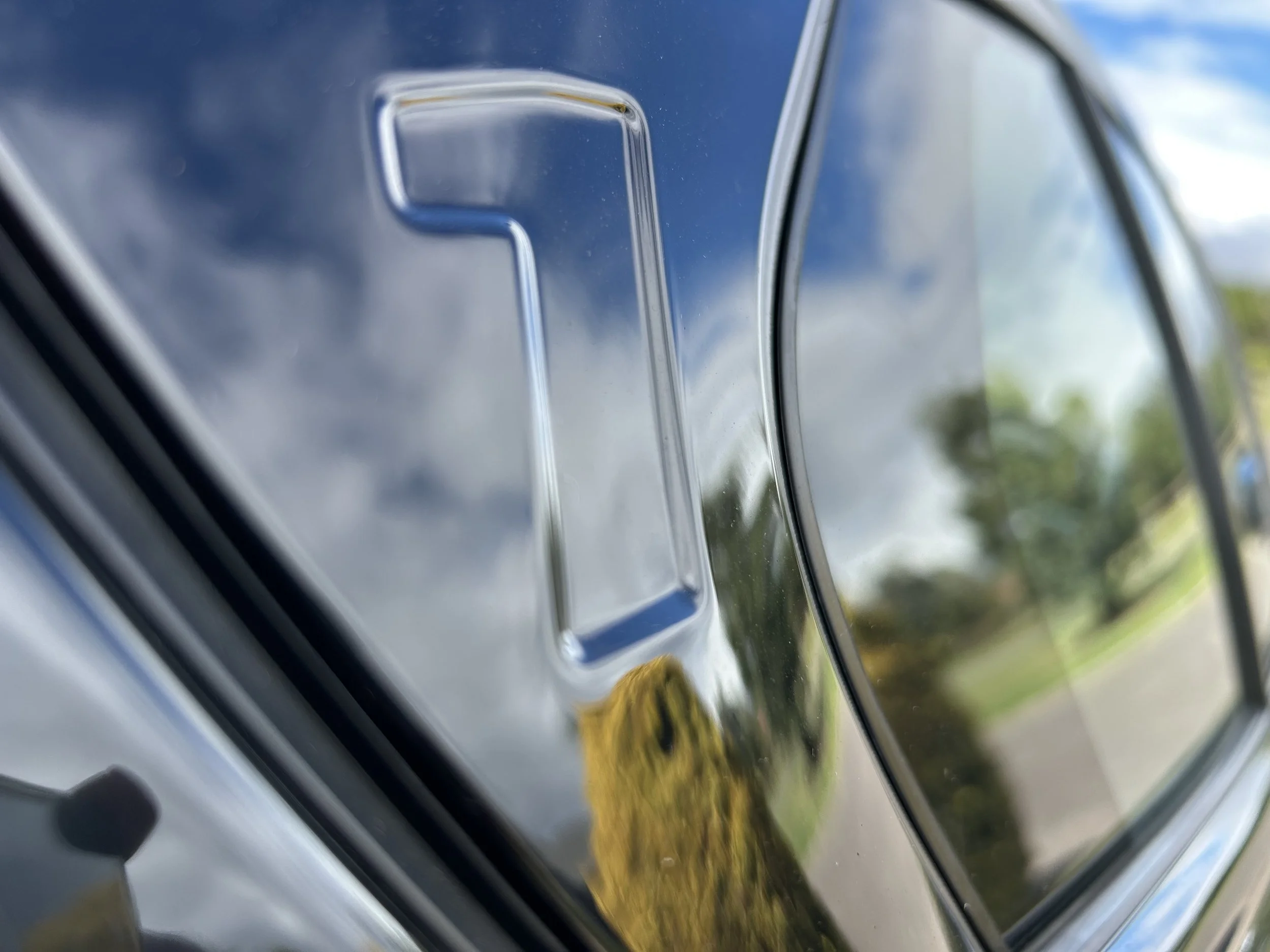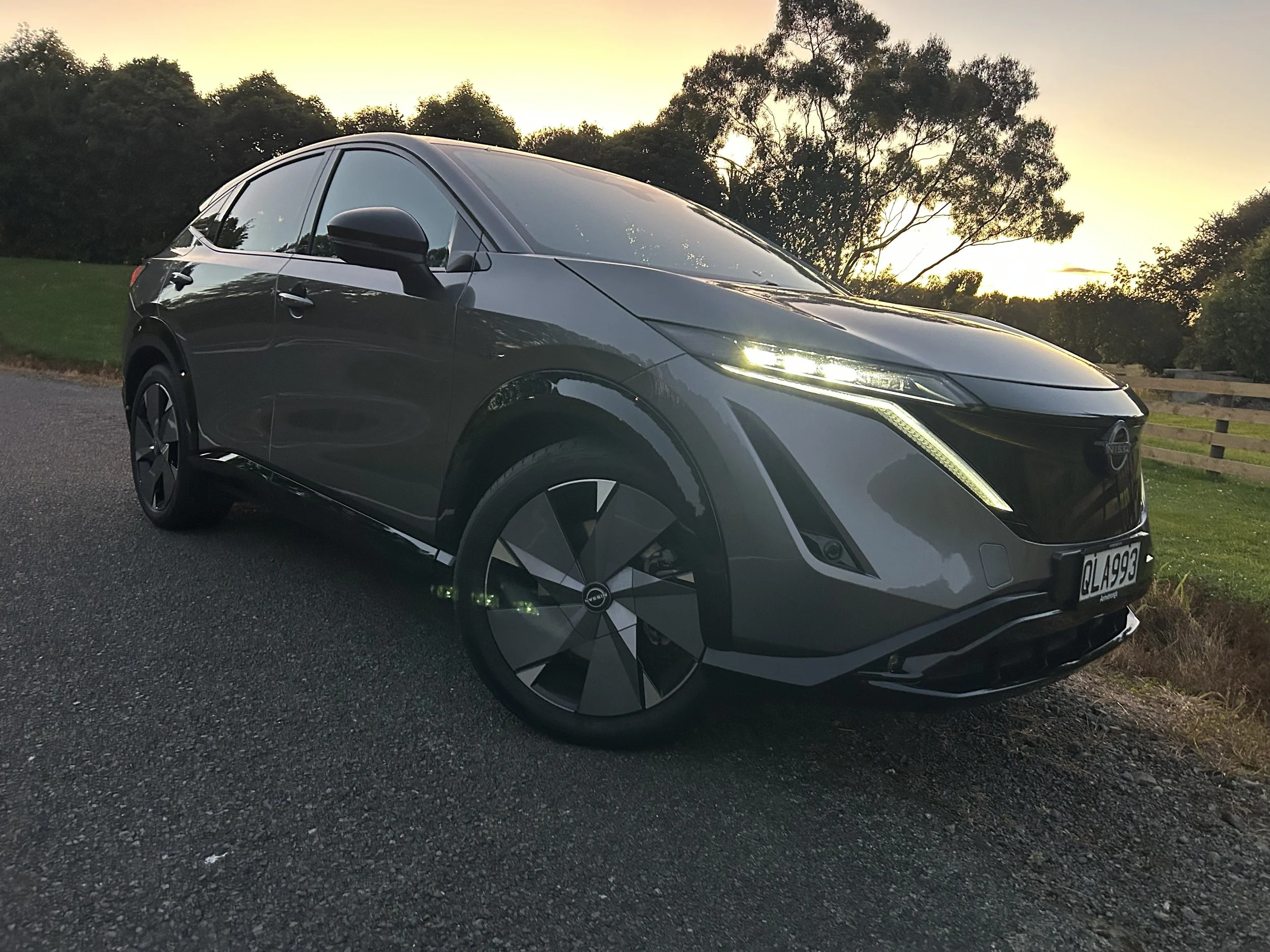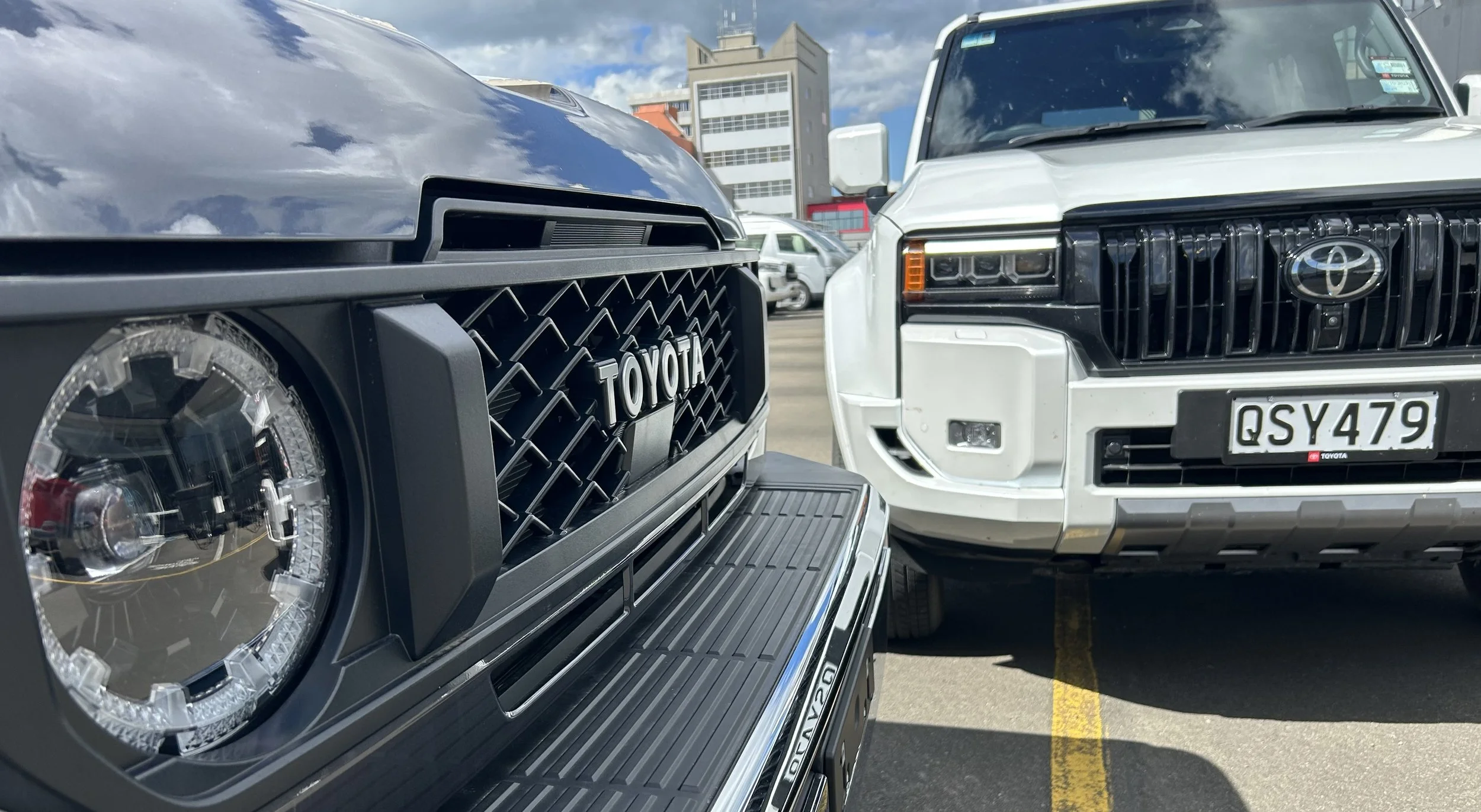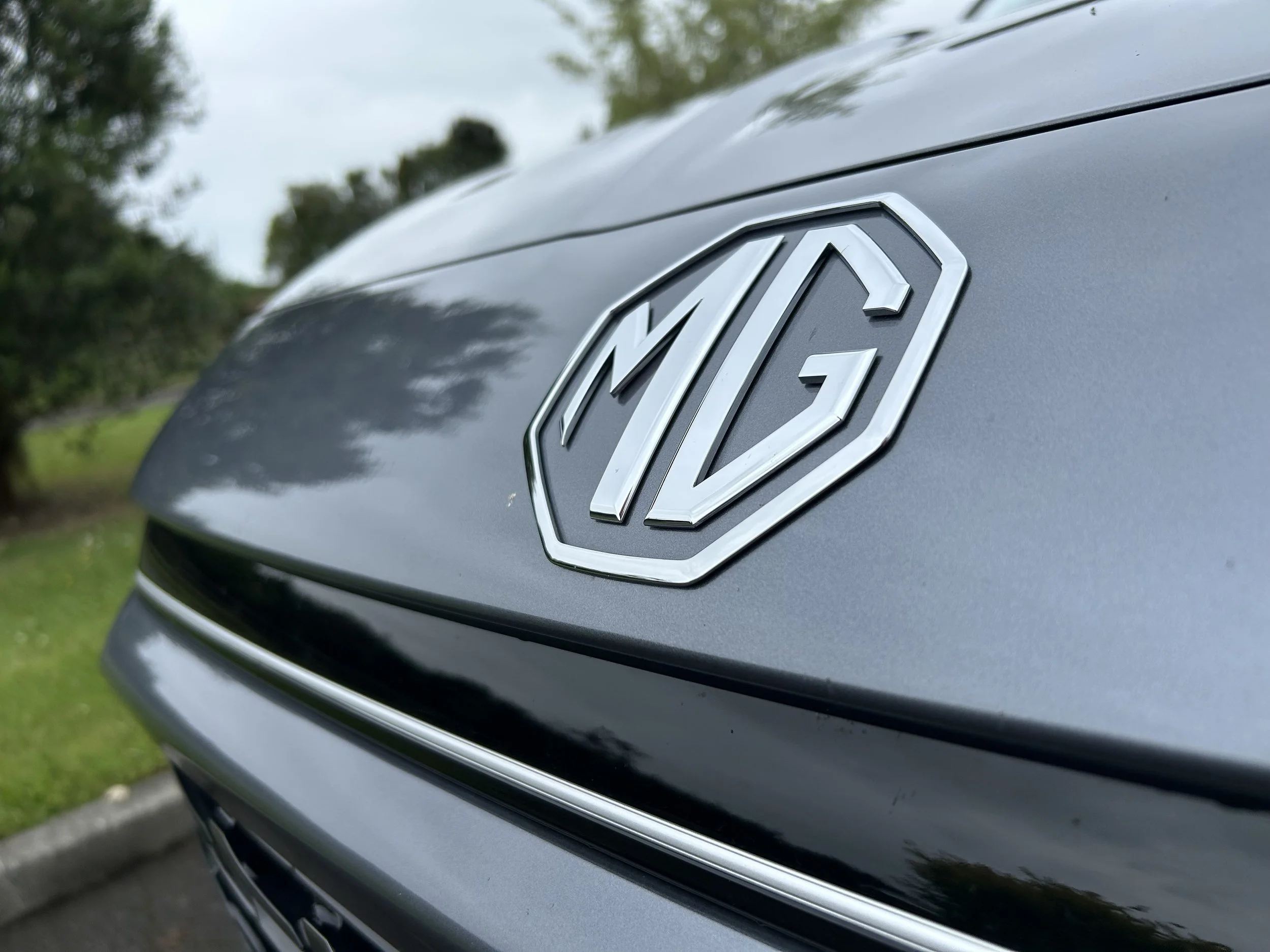Electric car enduro under way
/Auckland enthusiast running Cape Reinga to Bluff to prove EVs aren’t just for short trips.
CALL it a true a test of Fitness, his car and Tesla’s national electric vehicle recharging infrastructure.
Anyone travelling the major North-South route today and tomorrow should keep an eye out for Auckland’s John Fitness, who has hit the road in his distinctive Tesla Model 3 to prove a point and hopefully set a world record while he does it.
The Cape Reinga to Bluff roadie is a 2068km, 29-hour marathon roadie which Fitness wants to complete with as few stops as possible.
He departed Cape Reinga this morning on what is planned out as a two-day drive that he aims to complete with just six charging stops — three for each island. This means on average, he will have to travel 300km from stop to stop.
The trip has interest from the Guinness Book of World Records – Fitness aims to reset the record for travelling from the top to the bottom of a country with the least amount of stops.
To ensure the record is recognised as legit by Guinness, he has numerous witnesses lined up across the journey.
Today’s stops are in Whangarei, Hamilton, and Mangaweka then he hopes on a ferry to cross Cook Strait.
Tomorrow begins with a 74km run to a charger in Ward, with other stops in Christchurch and Palmerston before finishing in Bluff.
Fitness says he’s inspired by a recent Tesla Supercharger launch in Whangarei. It was then that he realised the brand’s recharging network was in place to make a world record run possible.
“I thought, 'Look, we've actually got the infrastructure now to do a full run through the country, essentially to emulate that great Kiwi road trip from the Cape to the Bluff,’” he said.
“Having been involved with having an electric car for such a long time, even my closest friends go, 'Oh you can't go far out of Auckland, you can't drive that far,' and it's just about dispelling some of those myths.
“I think my longest drive is just under four hours. Because I've got those six evenly spaced stops, each stop will be between 30 to maybe 55 minutes roughly.
“The battery technology has improved so quickly in the last three years I've been driving electric, inevitably it'll come down super quick and I think that when you look at your next car, it's starting to become more realistic to go electric or partial electric — hybrid or plug-in hybrid, for example.
“What I want to show with this trip is that, granted, the price might be too high at this point, but very soon — maybe this year or the year after next — you're looking at factory electric cars that can do everything you need it to, including the great Kiwi road trip. It shows feasibility.”
It's not clear how of much the run will be conducted solo, though he does have a friend joining as a navigator for a South Island section while local enthusiasts will help as guides to ensure he gets a smooth run through unfamiliar city routes.









